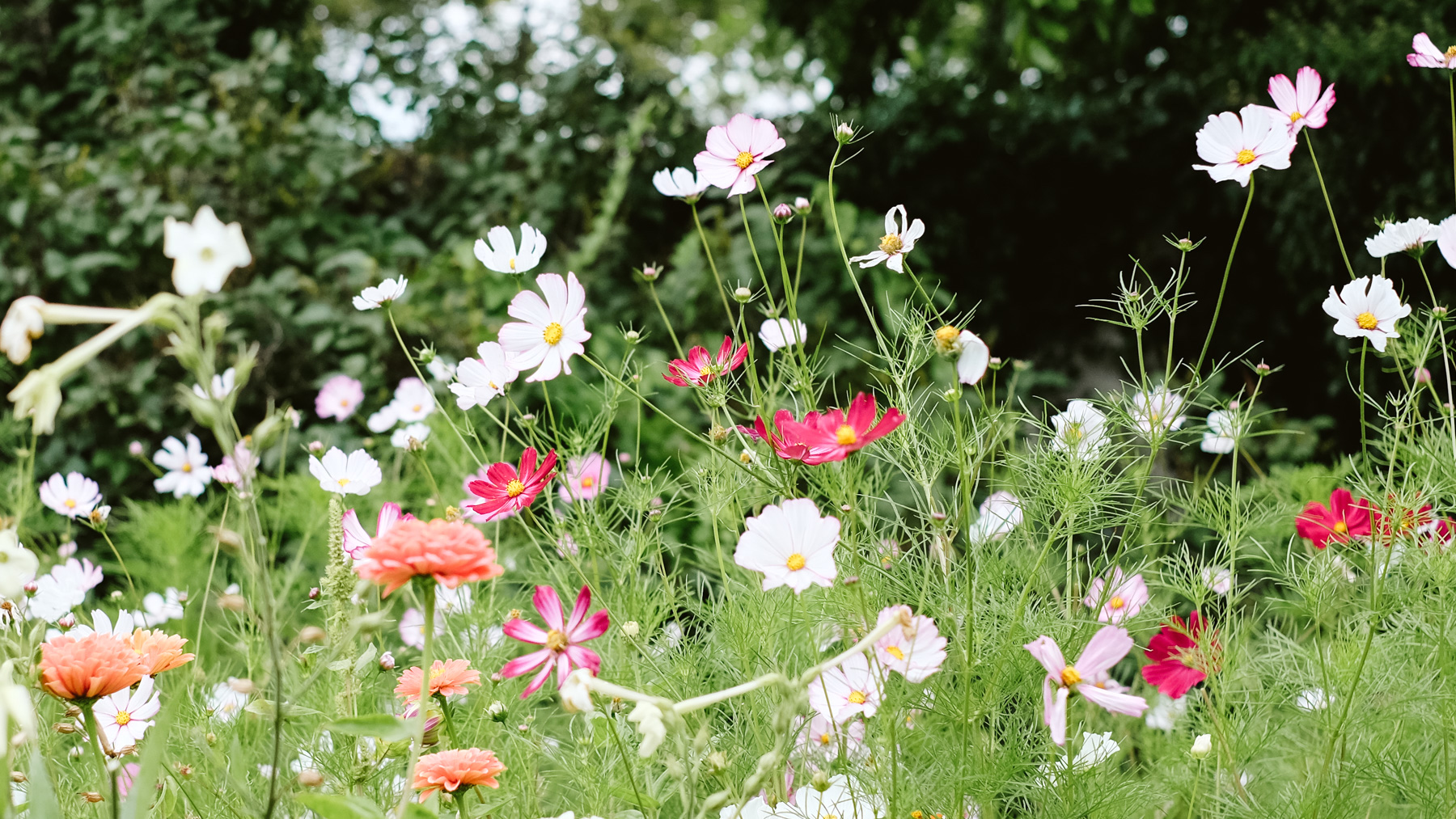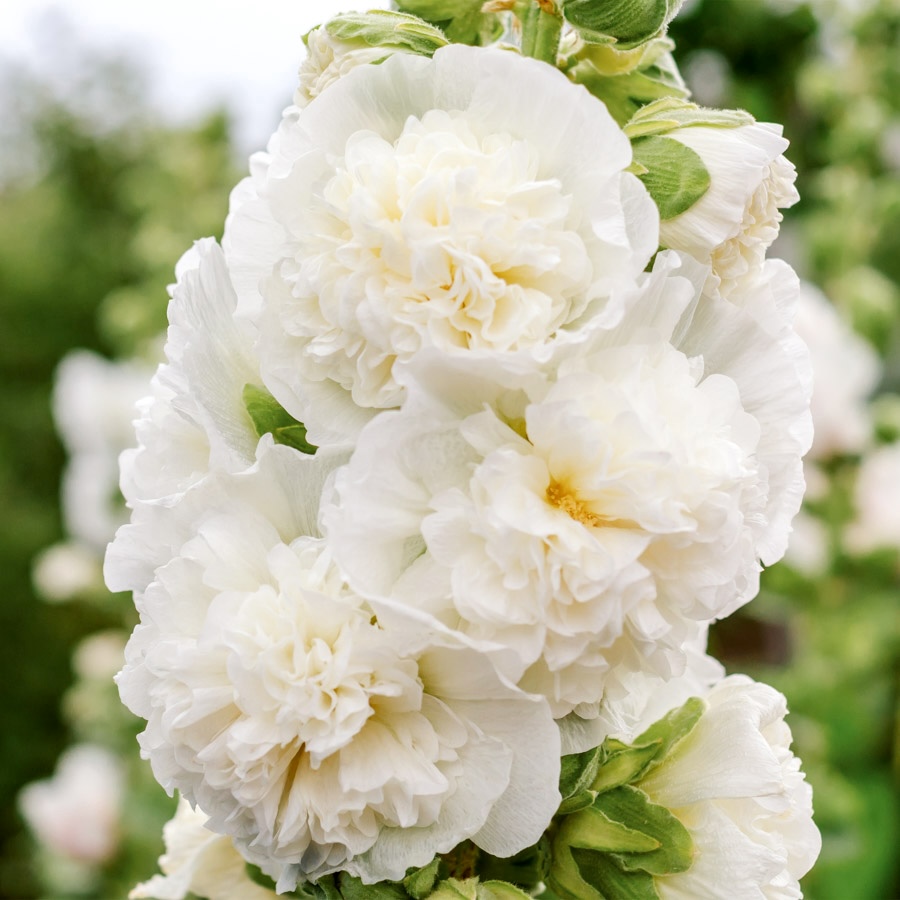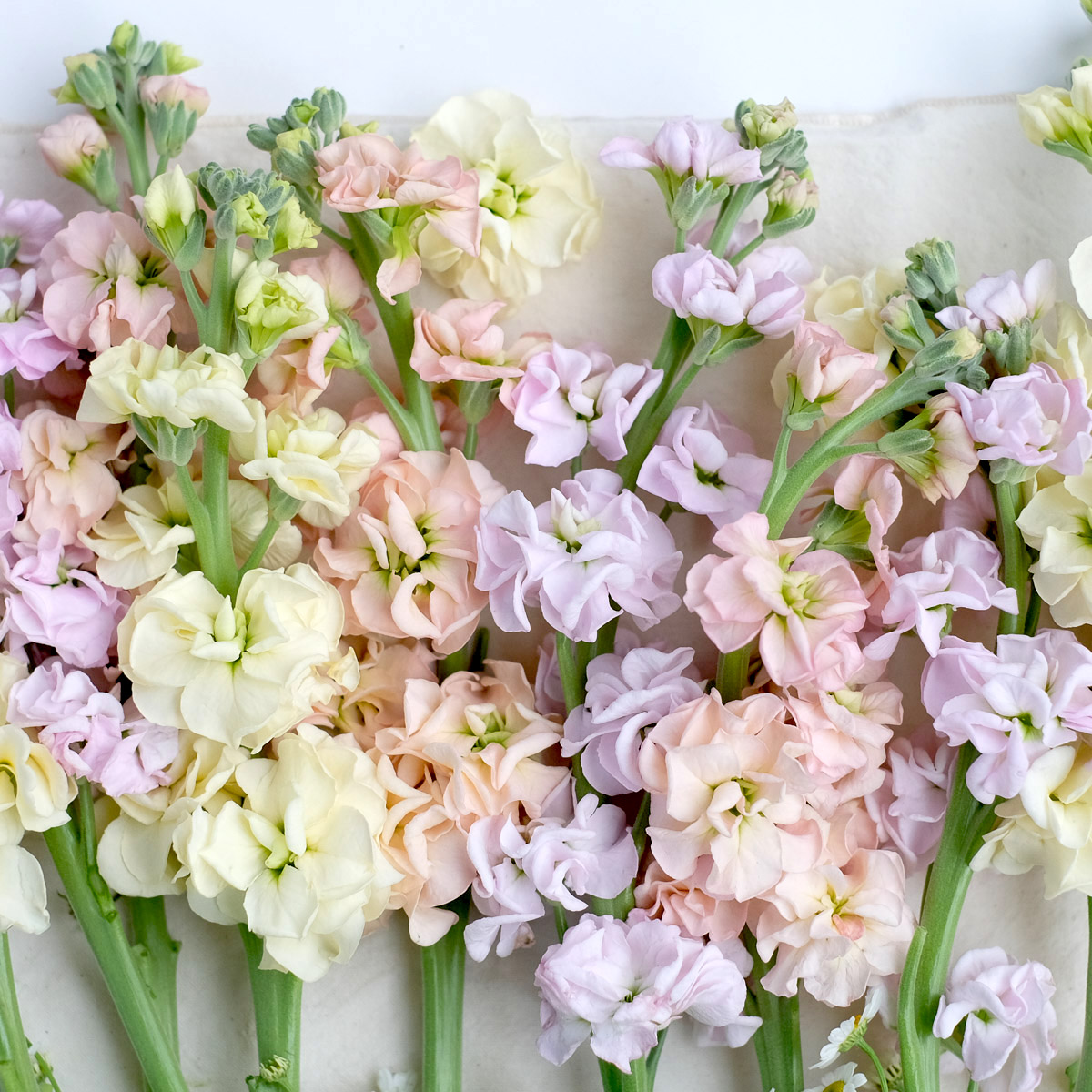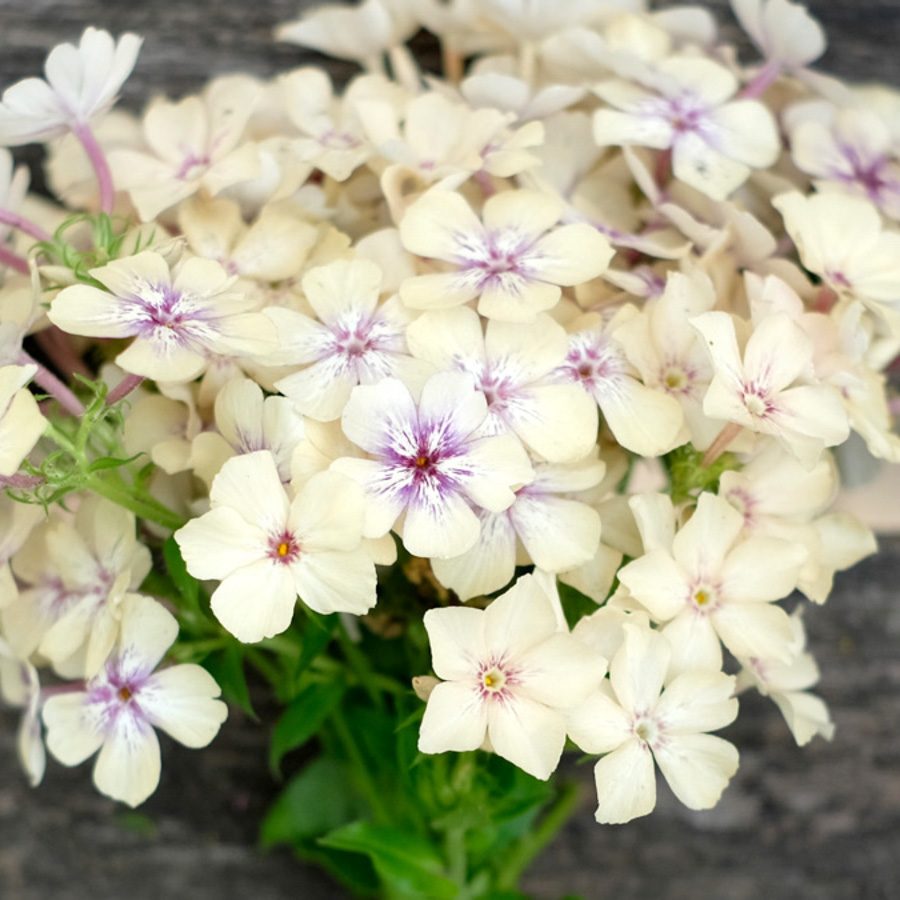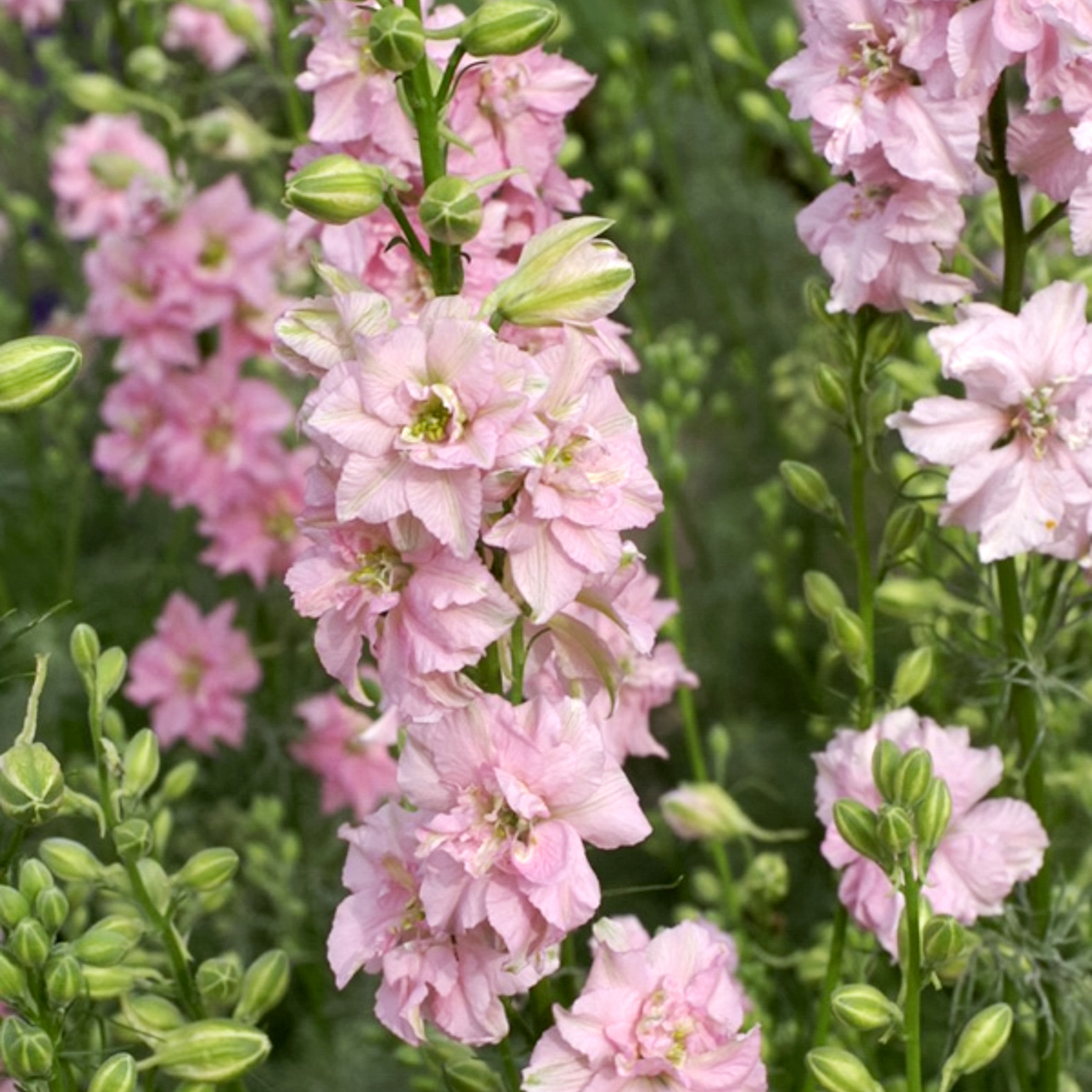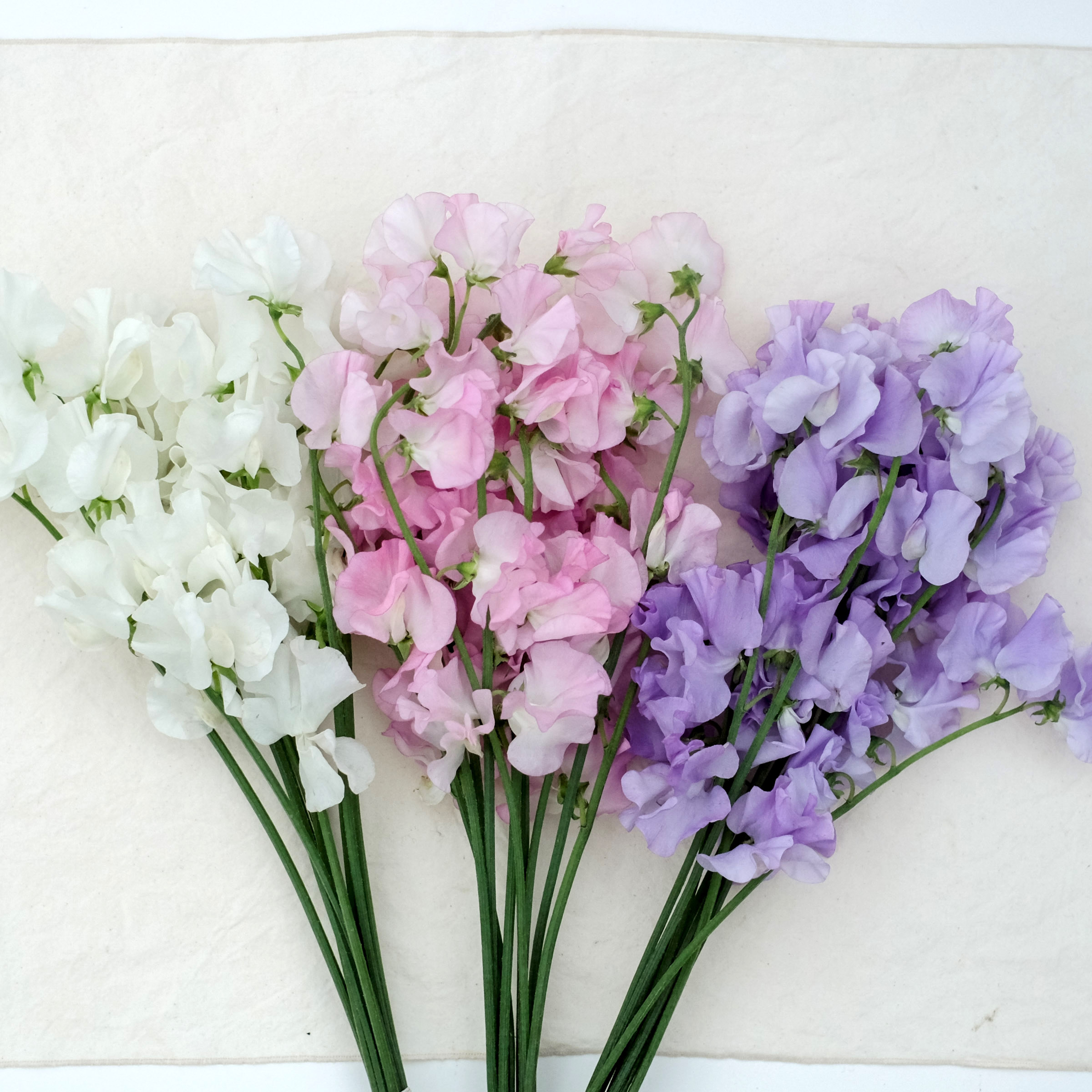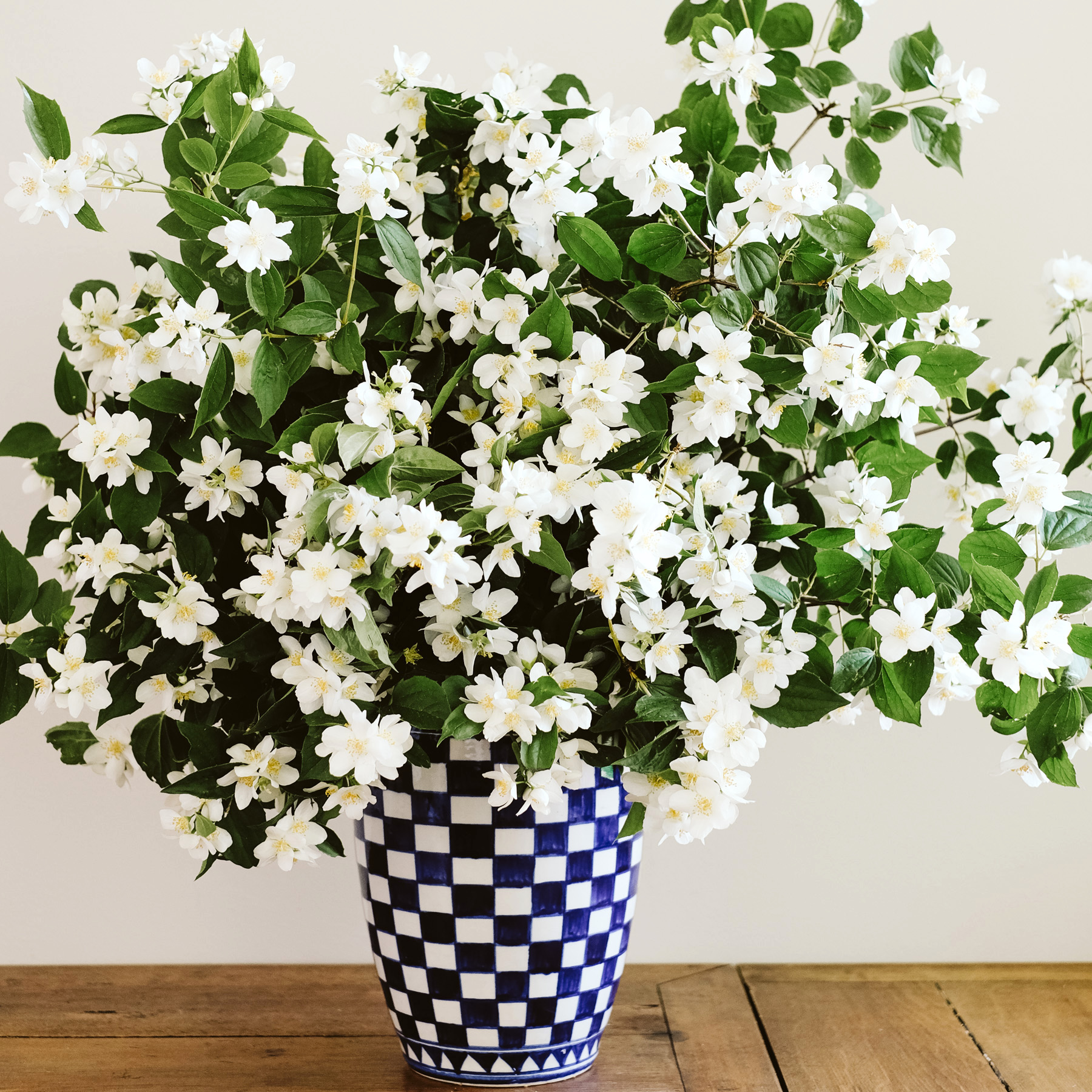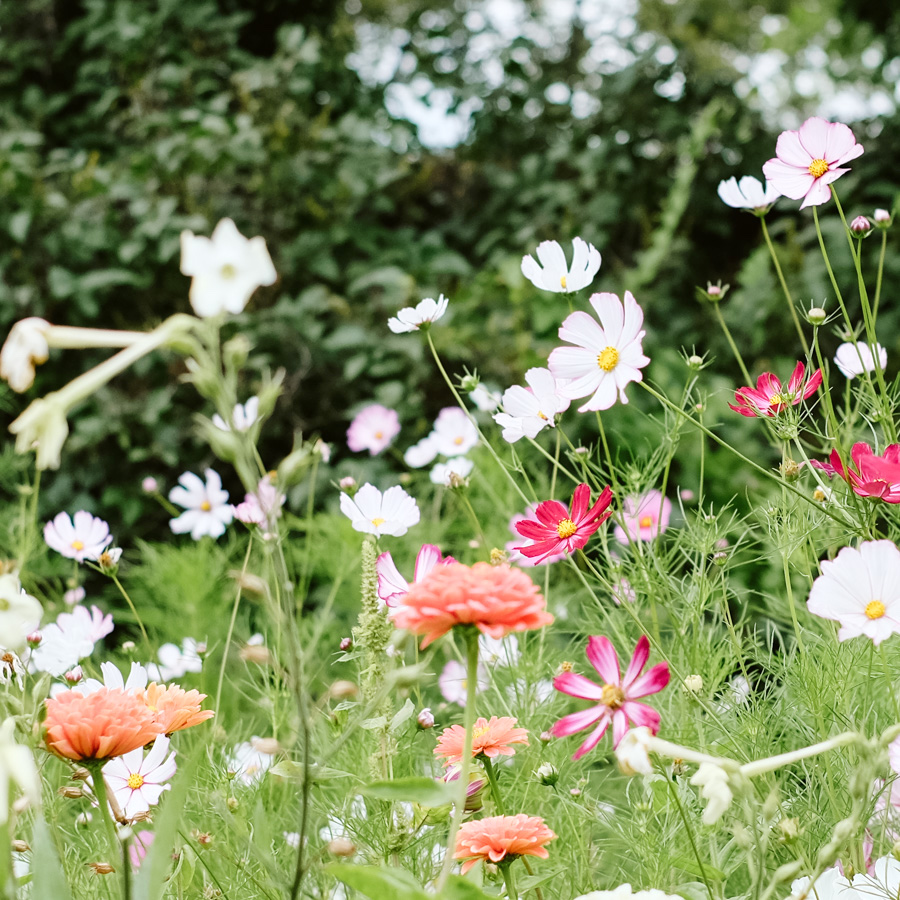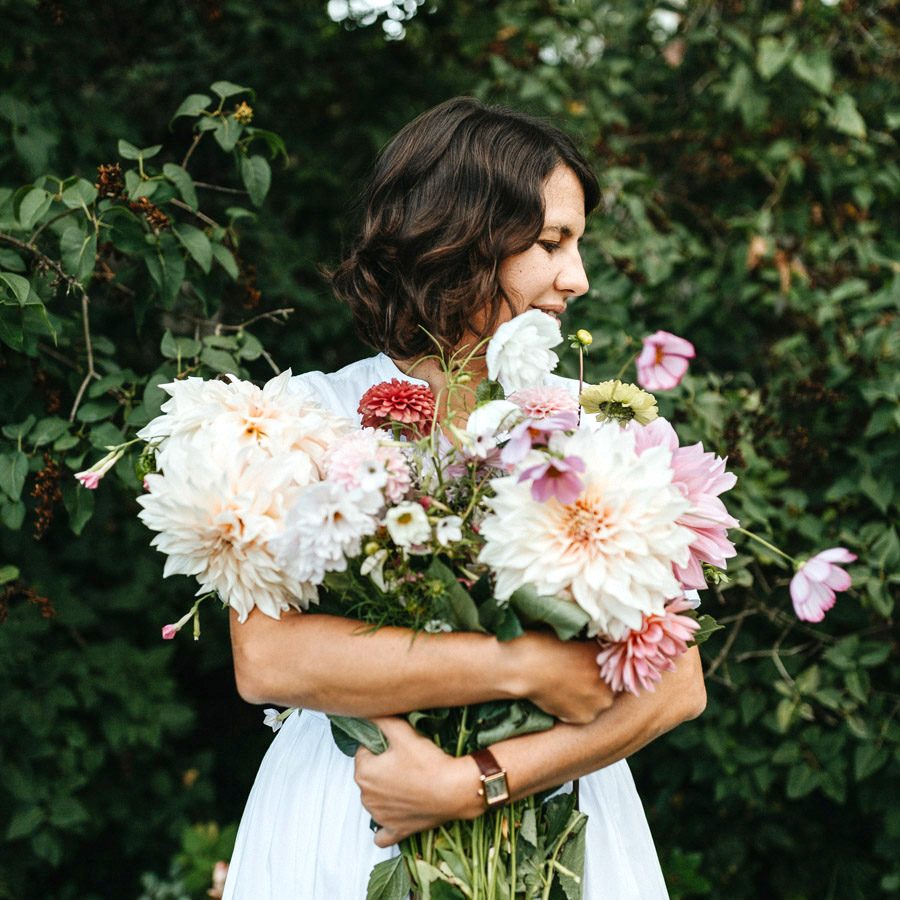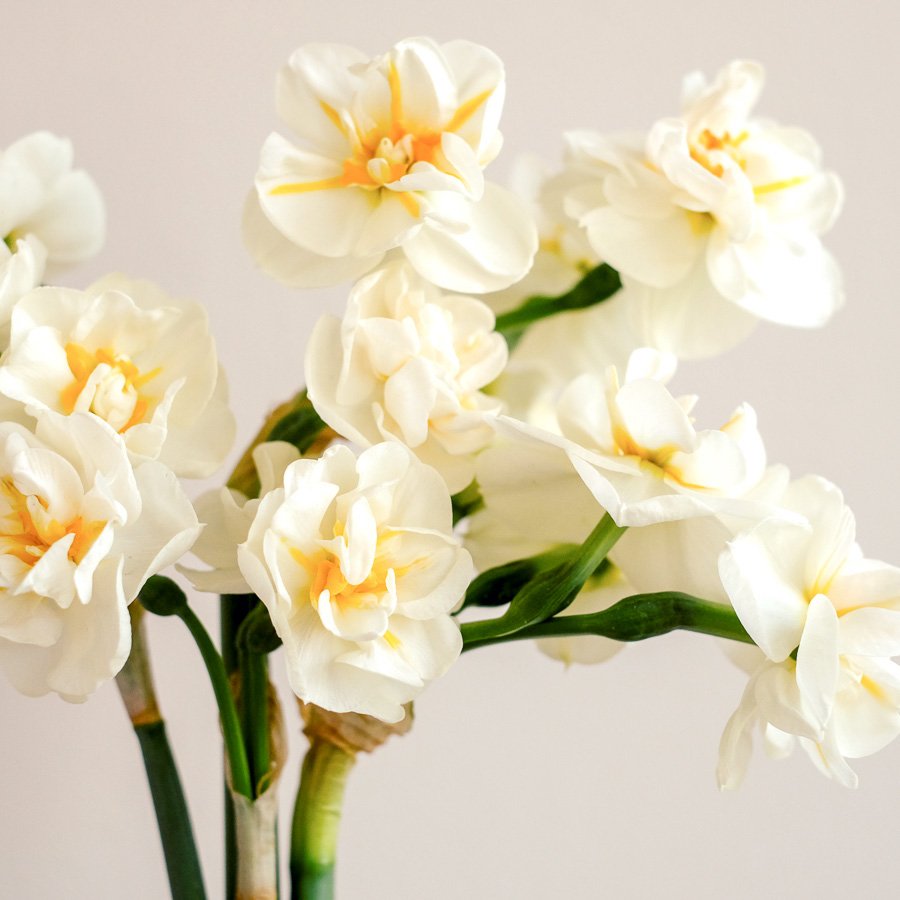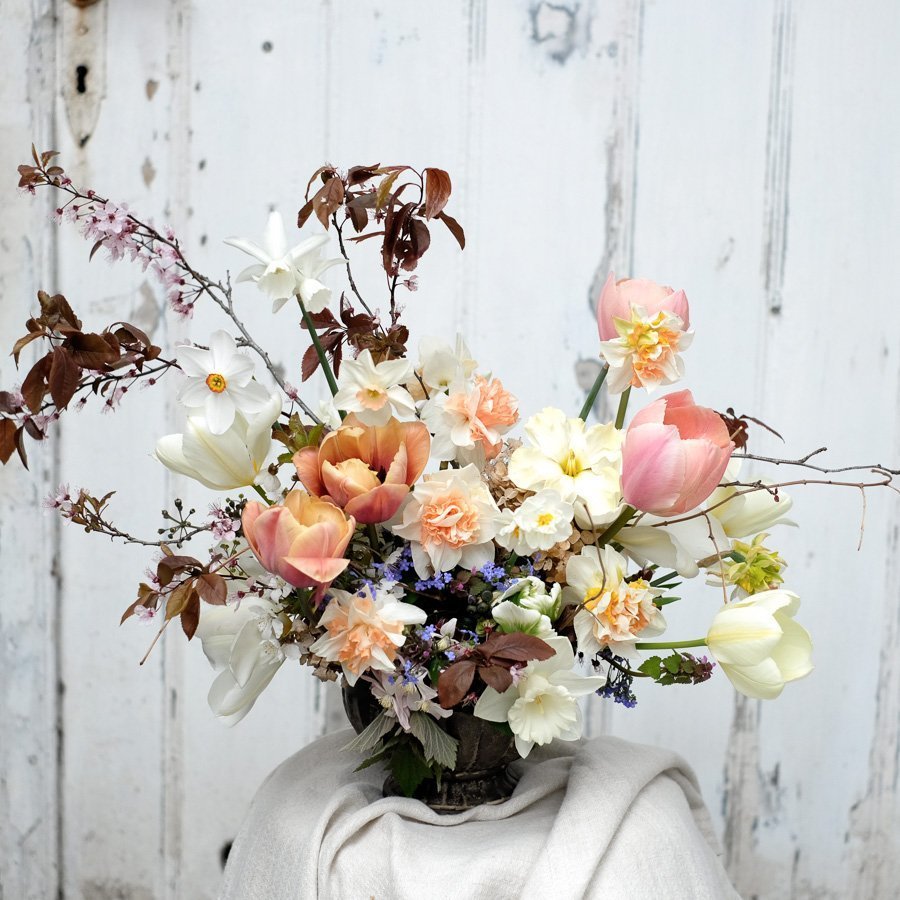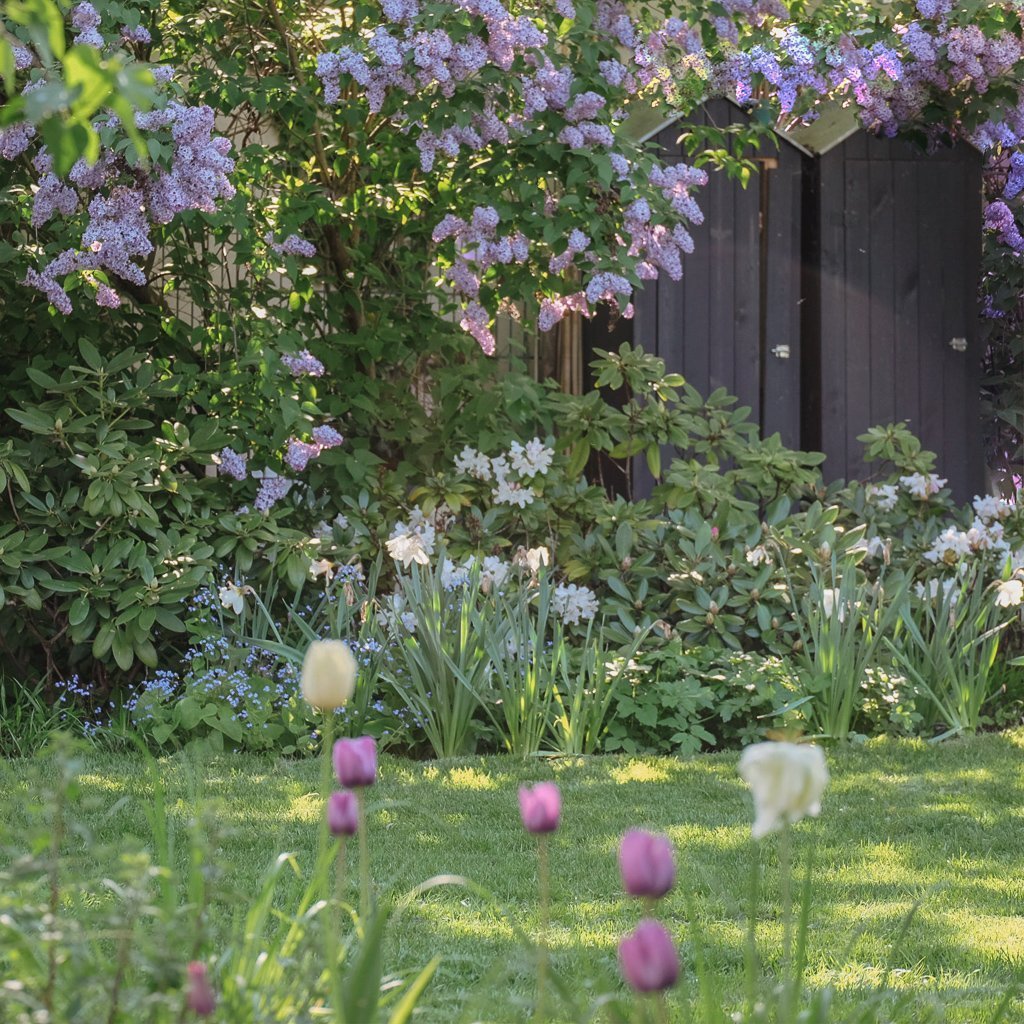A Garden from a hundred Packets of Seed
About a book that fundamentally changed my view of gardening
One of my most important gardening books on the shelf has only 80 pages and not a single photo (you can find it here). James Fenton’s ‘A Garden from a hundred Packets of Seed’, however, changed my attitude to gardening fundamentally and forever.
Fenton is actually an English poet and this was to remain his only gardening book. The essence of his thoughts, which he shares in this little booklet, is very simple and revolutionary at the same time.
He writes:
“Forget structure. Forget trees, shrubs, and perennials. This is not a book about huge projects. It is about thinking your way toward the essential flower garden, by the most traditional of routes: planting some seeds and seeing how they grow.” James Fenton, A Garden from a hundred Packets of Seed, Farrar, Strauss & Giroux-3PL, 2005

I find the idea of not caring about all the basic things of garden design and devoting yourself to the most essential thing of gardening: sowing a seed and seeing what happens – stunningly simple. He basically approaches his flower garden like a vegetable gardener.
In winter, the vegetable gardener thinks: What do I want to eat next year? Which herbs do I want to season with? What new varieties do I want to try? And she acquires the seeds and sows them.
What would a flower garden look like if people gardened in the same way? The questions would be: Which flowers do I want to admire in the garden this year, which varieties to harvest for the vase? Which varieties do I not yet know and want to test? Which colours should dominate my garden?
How about avoiding all garden centre (mis)purchases for a year, not planting hedges, evergreens, roses and hydrangeas, but concentrating on this one essential job: planting hundreds of seeds in seed soil in spring, later planting out the seedlings, watering, fertilising, tending and watching them grow.
Such a garden is certainly not presentable at all times. It doesn’t look good in winter, it certainly doesn’t convey much permanence and it doesn’t look particularly representative. But is that really important?
And it is also not for gardeners who want it to be super easy to care for. Seedlings are babies and require appropriate attention, especially in the very beginning. When they grow up, they thank you a hundred times, a thousand times over with their wonderful flowers.
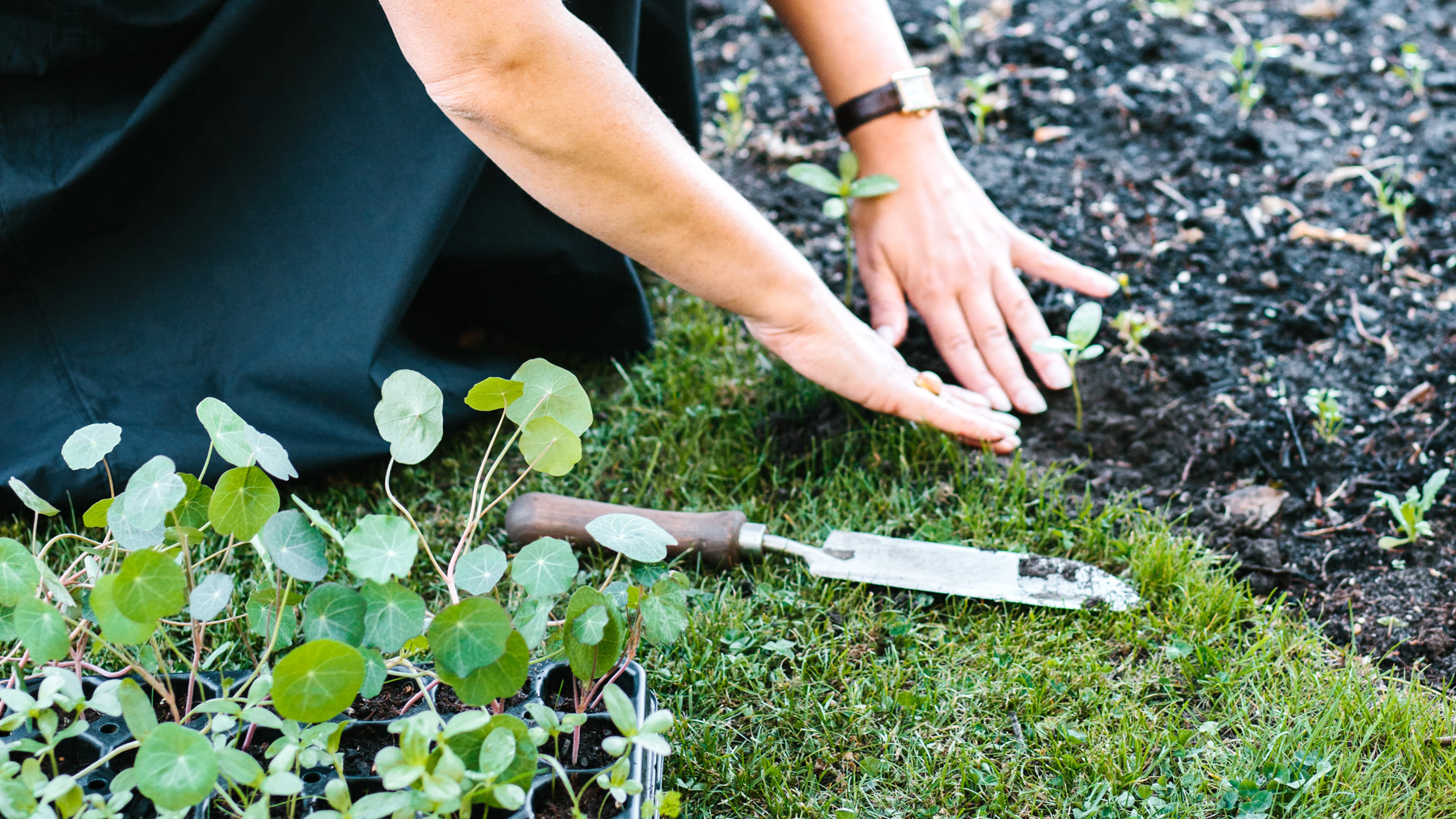
Such a flower garden can connect yourself with two things, which are even more essential things than the “classically designed” garden does. It connects you to the essence of flowers, as we begin to see them in a new way all their own and not as a function in a garden scheme.
And it connects you with your own creativity, which is in all of us. Being able to create is one of the highest goods we have as human beings. A garden from a hundred packets of seed is a garden full of dynamics, colours, shapes, rhythms. We can paint with the flowers, set accents, create drama, calm down, energise. And we can do this again and again, year after year, in a different guise. A painter doesn’t just paint a picture once and then it’s finished forever, does he?
Not everything will succeed, not everyone will be impressed by such a garden. We will have crises. But we will grow from it and experience great happiness in connection with ourselves and the flowers, of that I am deeply convinced.
